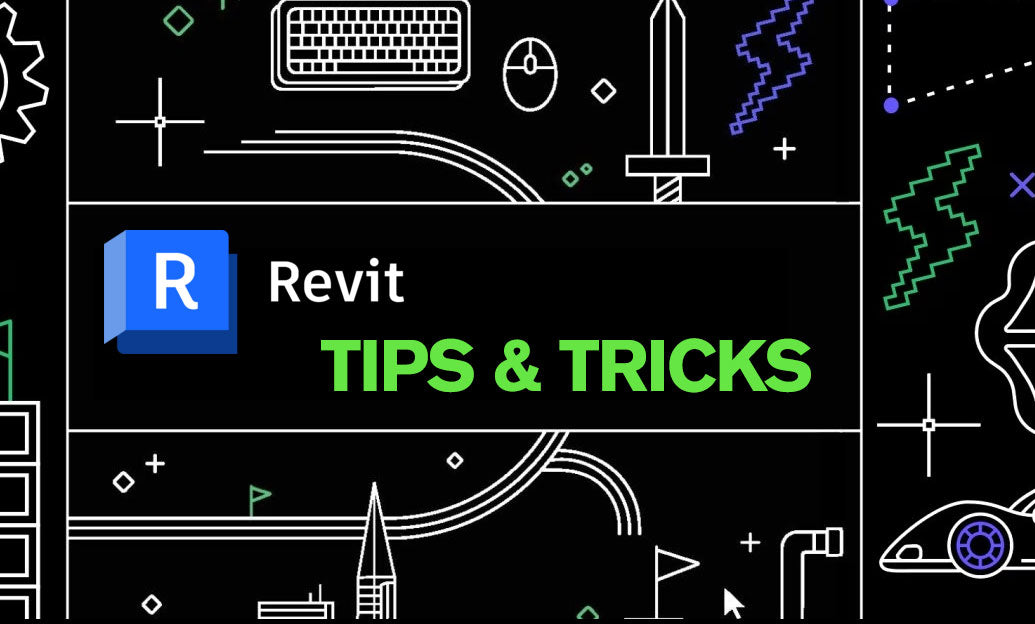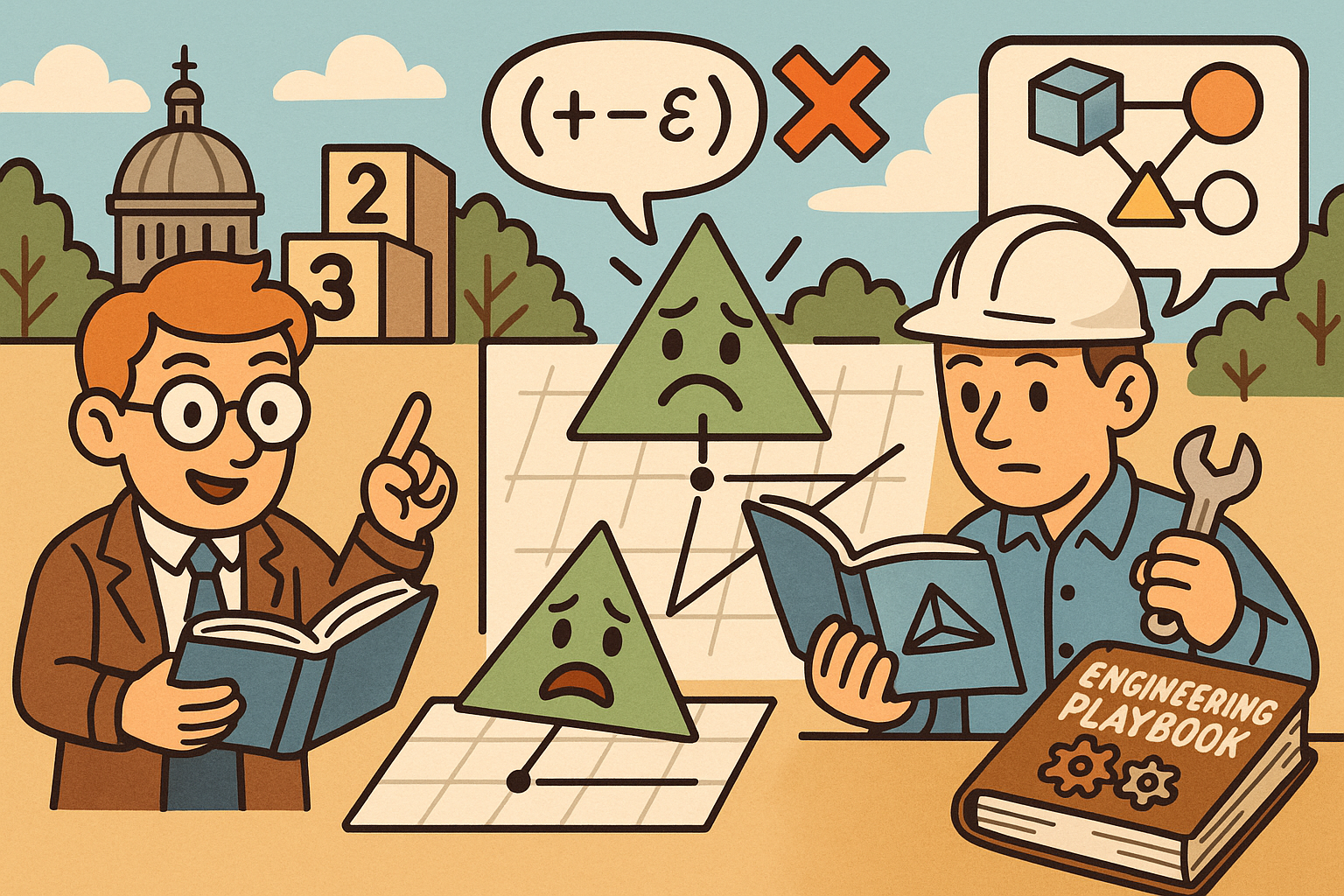Your Cart is Empty
Customer Testimonials
-
"Great customer service. The folks at Novedge were super helpful in navigating a somewhat complicated order including software upgrades and serial numbers in various stages of inactivity. They were friendly and helpful throughout the process.."
Ruben Ruckmark
"Quick & very helpful. We have been using Novedge for years and are very happy with their quick service when we need to make a purchase and excellent support resolving any issues."
Will Woodson
"Scott is the best. He reminds me about subscriptions dates, guides me in the correct direction for updates. He always responds promptly to me. He is literally the reason I continue to work with Novedge and will do so in the future."
Edward Mchugh
"Calvin Lok is “the man”. After my purchase of Sketchup 2021, he called me and provided step-by-step instructions to ease me through difficulties I was having with the setup of my new software."
Mike Borzage
Revit Tip: Mastering Revit Family Editor: Key Techniques for Efficient and Creative Component Design
October 31, 2024 2 min read

In the world of Revit, the Family Editor is one of the most powerful tools, allowing you to create custom components that can enhance project precision and creativity. Mastering the Family Editor will significantly streamline your workflow and ensure that your models are both detailed and dynamic. Here are some key insights into understanding Revit's Family Editor:
- Grasp the Basics: Start by familiarizing yourself with the Family Editor's interface. Understanding the location and function of its tools is crucial for efficient family creation.
- Reference Planes and Lines: Use reference planes and lines to set up the skeleton of your family. These guide geometric constraints and ensure that your model maintains its form when adjusted.
- Parameters: Parameters in Revit families can be used to control dimensions, visibility, and materiality. Parameters can be instance-based (unique to each family instance) or type-based (consistent across all instances of a family type).
- Flexibility with Formulas: Implement formulas in your family parameters to create intelligent components that adjust automatically. This adds flexibility and reduces the need for manual updates.
- Nested Families: For complex assemblies, consider using nested families. These allow for greater control and variability within a single family, making it easier to manage and maintain.
- Test your Families: As you develop your family, continually test it within a project environment. This practice ensures that it behaves as expected and integrates well with other project elements.
- Leverage Templates: Use family templates to save time and ensure consistency in your designs. Templates can provide a structured starting point tailored to specific family categories.
- Optimization: Keep your families lightweight by avoiding unnecessary complexity. Overly detailed families can slow down your project and complicate updates.
By harnessing the full potential of Revit's Family Editor, you can create adaptable and efficient components that will greatly enhance your project's functionality and aesthetics. For further insights and professional tools related to Revit, consider exploring resources and products at NOVEDGE.
You can find all the Revit products on the NOVEDGE web site at this page.
Also in Design News

From Raw Scans to Manufacture-Ready Geometry: Pipeline, Algorithms, and Quality Gates
December 08, 2025 13 min read
Read More
Design Software History: Numerical Robustness in Geometry Kernels: History, Failure Modes, and Engineering Playbook
December 08, 2025 13 min read
Read More
Cinema 4D Tip: Reusable Cinema 4D Camera Rig Presets for Faster Shot Setup
December 08, 2025 2 min read
Read MoreSubscribe
Sign up to get the latest on sales, new releases and more …


